A Guide to Bibi Dokhtaran Mausoleum in Shiraz
The Bibi Dokhtaran Mausoleum in Shiraz is one of the city’s revered sites, built in honor of Bibi Khadijeh, a descendant of Imam Sajjad and also known as Umm Abdullah.
It was commissioned by a prominent woman of the Zand dynasty, highlighting the significant role of women in its history. Originally a two-story structure, the mausoleum faced destruction over time and was later reconstructed during the Ilkhanid period.
Characterized by a tall brick dome from the Safavid-Zand era, the mausoleum’s architecture features intricate brickwork, tile carvings, and engraved stonework, with the tomb of Bibi Dokhtaran situated in an underground chamber. Unlike many shrines, it lacks mirror work, focusing instead on traditional tile designs.
In the past, young girls would visit this shrine to pray for good fortune, a tradition that gives the site its name, Bibi Dokhtaran, or “Ladies’ Shrine.” Bibi Dokhtaran’s tomb has been registered as a national heritage site since 1968.
Located near the famous Shah Cheragh shrine, this mausoleum is a must-visit for those seeking spiritual reflection and an appreciation of Persian architectural heritage. In this blog, we’ll cover the Bibi Dokhtaran Mausoleum’s detailed history, stunning architecture, exact location, and helpful tips for your visit.
Why Visit the Bibi Dokhtaran Mausoleum in Shiraz?
The Bibi Dokhtaran Mausoleum is a registered national heritage site of Iran and holds significant cultural, historical, and architectural value. It is a favored destination for pilgrims and devotees of the Ahl al-Bayt, drawing visitors seeking spiritual connection.

Additionally, the mausoleum hosts special ceremonies and celebrations on particular days, providing a unique opportunity to witness local customs and traditions. A visit to this site offers insight into Iran’s rich religious and architectural heritage.
History of Bibi Dokhtaran Mausoleum
The Bibi Dokhtaran Mausoleum in Shiraz has a rich history dating back to the Muzaffarid dynasty. The tomb’s original construction was commissioned by Bik Khatoon, the wife of Qutlugh Khan, founder of the Al-Muzaffar dynasty, and mother of Shah Shoja. The mausoleum was built in honor of Bibi Khadijeh, a descendant of Imam Sajjad and also known as Umm Abdullah.
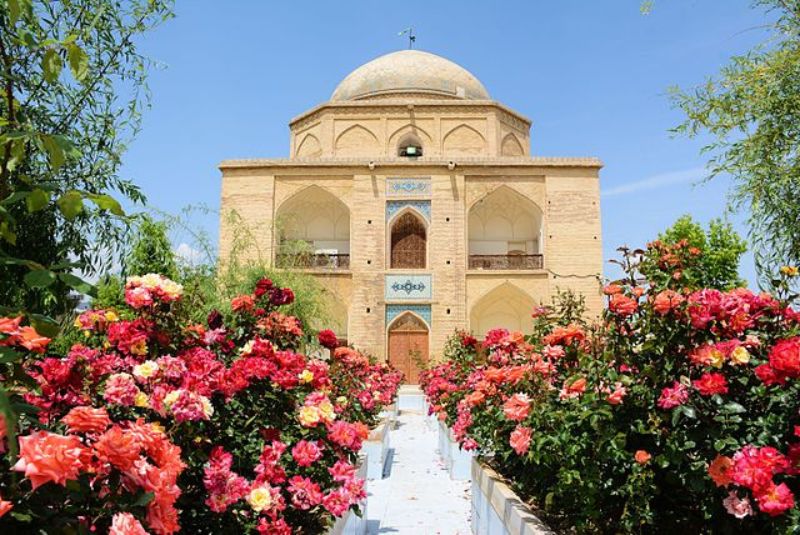
However, after being damaged by an earthquake, the mausoleum fell into disrepair. Years later, Mohammad Qoli Khan Ilkhani, an admirer of art and culture, undertook its restoration. This is why the current structure reflects Ilkhanid architectural style.
It is said that a cemetery once surrounded the mausoleum, and remnants of old gravestones can still be seen embedded in the surrounding walls. Additionally, part of the damaged area around the mausoleum was converted into a primary school.
In 1968, the Bibi Dokhtaran Mausoleum gained recognition as a national heritage site, preserving its cultural and historical significance. For those visiting Shiraz, the mausoleum is a meaningful stop to appreciate the area’s spiritual history and admire its architectural legacy.
Why is It Called Bibi Dokhtaran Mausoleum?
The Bibi Dokhtaran Mausoleum earned its name from a longstanding tradition among young women in Shiraz. Historically, unmarried women seeking a suitable husband would visit the mausoleum to make a wish, hoping for a blessing to fulfill their desire.

As part of this custom, these women would tie a piece of cloth or thread at the shrine, symbolizing their wish. If their wish was granted, they would return to fulfill a vow of gratitude.
Some people believe the site may have originally been a Zoroastrian temple dedicated to Anahita, the goddess of fertility and water, which gradually transformed to honor Bibi Dokhtaran, much like the Bibi Shahrbanu shrine in Tehran.
Architecture of Bibi Dokhtaran Mausoleum in Shiraz
The architecture of the Bibi Dokhtaran Mausoleum in Shiraz is both elegant and understated, creating a peaceful and inviting atmosphere. This two-story structure includes a basement and is built mainly from brick, giving it a warm and harmonious feel suitable for a spiritual space. The courtyard features a square pool in front of the mausoleum, flanked by beautiful gardens on each side, enhancing the area’s charm.
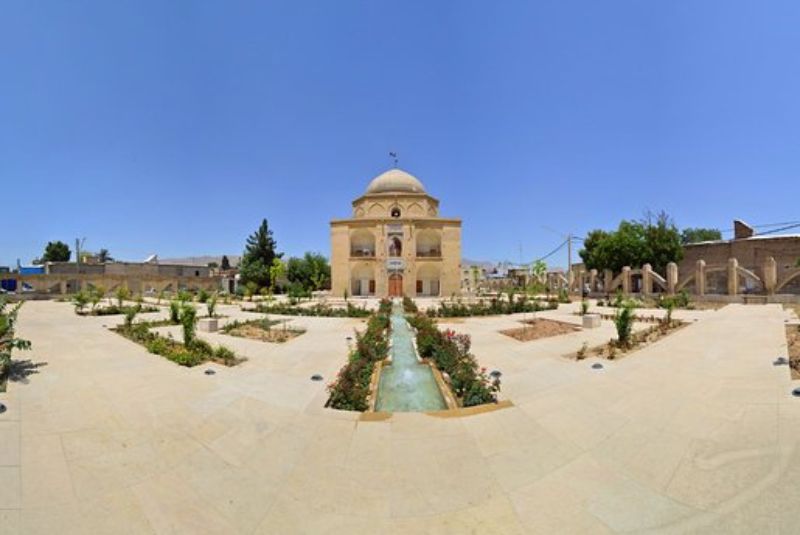
The building’s base is a square with an entrance on each side, framed by intricate, arching porticos. The second floor has balconies on each side, adorned with exquisite wood latticework and decorative stucco muqarnas.
Atop the square foundation sits an octagonal core, which supports the mausoleum's domed roof, tastefully decorated with a mix of brick and tiles. Surrounding the structure, small green gardens add to its allure.
Inside, the mausoleum is cross-shaped, with Bibi Dokhtaran’s tomb located in the basement. In the central hall on the ground floor, a simple wooden shrine encloses the grave.
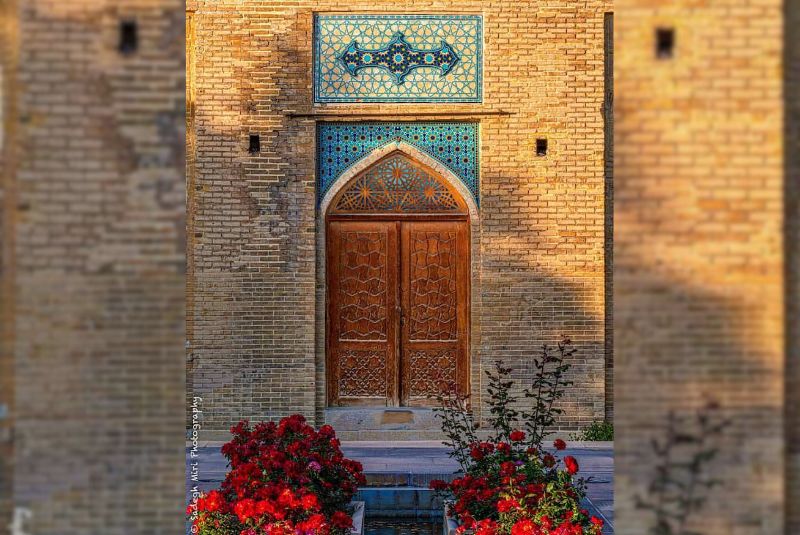
The interior walls are beautifully decorated with tile work and wood-carved panels, complemented by stone walls embedded with ancient gravestones, showcasing delicate carvings. Daylight illuminates the mausoleum through wooden lattice windows set into the dome, giving the space a soft, natural glow.
The upper level includes special balconies, known as royal balconies, and an adjoining mirrored room that houses the graves of local figures. Although the dome lacks elaborate tile work, the simplicity of its design brings a unique tranquility. The mausoleum’s balanced architecture, surrounded by gardens and mature trees, provides a serene and memorable setting for visitors.
Things to See at the Mausoleum of Bibi Dokhtaran
At the Bibi Dokhtaran Mausoleum in Shiraz, visitors can explore a variety of fascinating features that blend historical, architectural, and cultural significance.
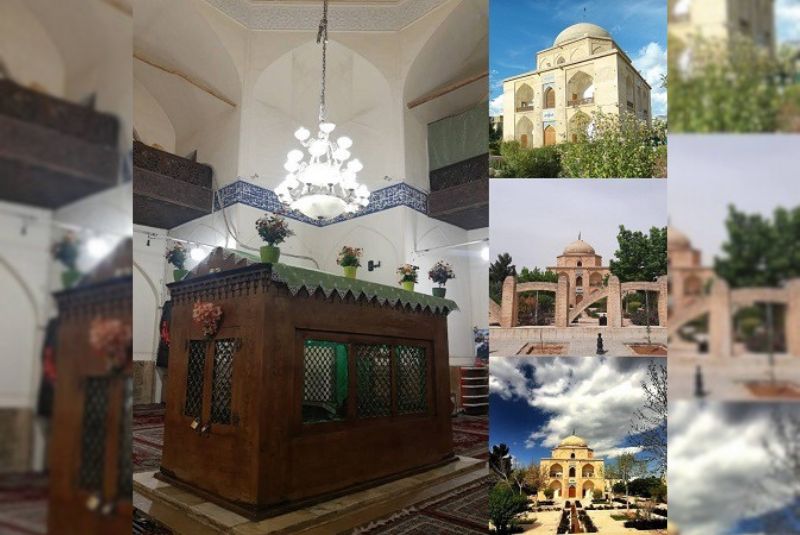
While many come for spiritual reasons, the mausoleum's unique architectural characteristics draw the attention of enthusiasts as well. The serene surroundings also provide a peaceful escape from the city's hustle and bustle, making it an excellent location for leisurely walks.
Upon entering the mausoleum, which can be accessed through several doors on each side of the square structure, visitors will notice charming small porticos adorned with beautiful arches.
The interior showcases intricate calligraphy in Naskh script, along with exquisite tile work, stuccowork, and wood carvings. In the center of the courtyard, a wooden shrine is situated, while the tomb of Bibi Dokhtaran, known as Umm Abdullah, is located in the basement and remains closed to the public.
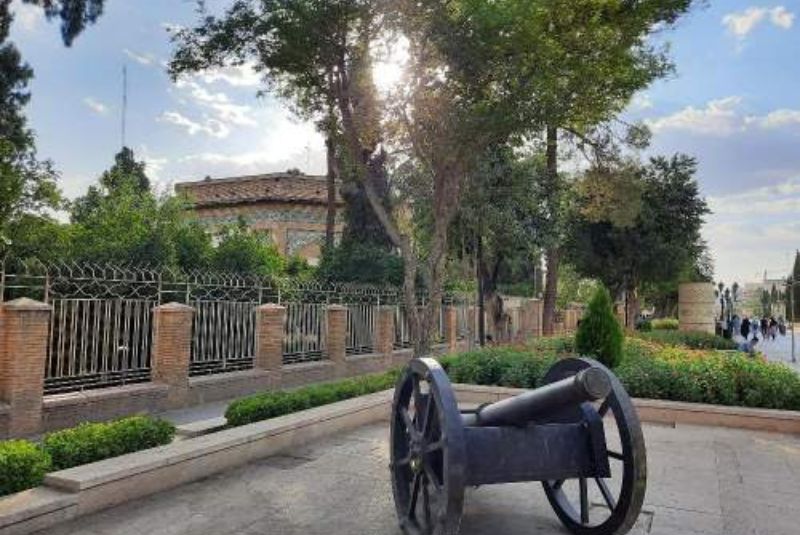
Looking up, one can see decorative wooden lattice windows set into the dome, providing natural light to illuminate the interior. The mausoleum features multiple balconies on the second floor, adorned with wooden railings and delicately crafted plaster cornices. These balconies offer stunning views of the surrounding area, providing an ideal spot for photography and appreciation of the landscape.
Additionally, near the mausoleum lies a beautifully designed mirrored room, which serves as the resting place for several notable figures from Shiraz's history. This mirrored space adds a touch of elegance to the overall experience, inviting visitors to reflect on the cultural heritage of the city.
Bibi Dokhtaran Mausoleum Location and Access
The Bibi Dokhtaran Mausoleum, a revered shrine in Shiraz, is located in the Sarbagh neighborhood, specifically at the intersection of Namazi, Shahid Dastgheib Street, and the historical Sang Siah passage.
This mausoleum is dedicated to Bibi Dokhtaran, a descendant of Imam Sajjad (peace be upon him). To reach the shrine, visitors can easily navigate to Shahid Dastgheib Boulevard and find the mausoleum behind the Hazrat Abolfazl Mosque (peace be upon him).
Shiraz is rich in history, and the area surrounding the mausoleum offers several other attractions worth visiting, including the Ilkhanid Mosque, the Saadat House, the Ilkhanid Bathhouse, and the Armenian Bazaar. Each of these sites reflects the city’s cultural heritage and architectural beauty.
How to Get There
The mausoleum is situated in the well-known Sang Siah neighborhood, which is home to several historical buildings. To reach the site, you can take a bus to the Ahmadie Bus Station, which is conveniently located nearby.
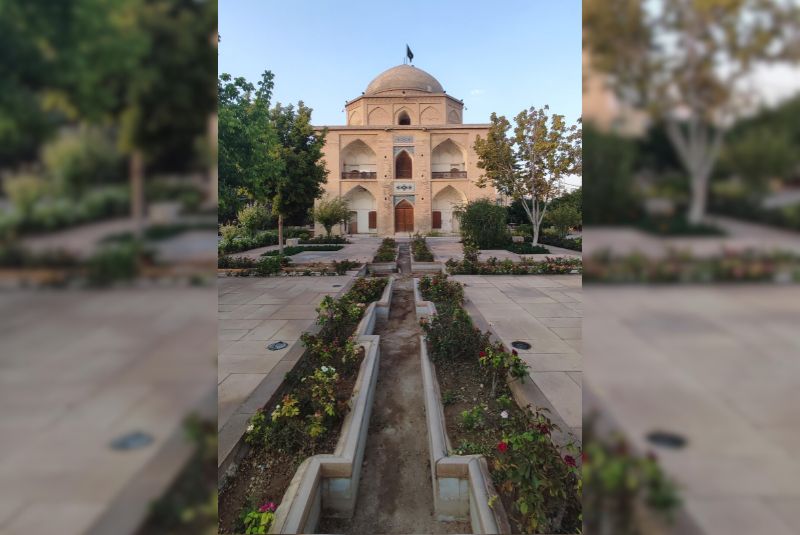
The closest metro station, Zandieh, is approximately one kilometer away from the mausoleum, making it a straightforward journey for those using public transportation.
Visiting Hours and Ticket Price
Visiting the Bibi Dokhtaran Mausoleum is entirely free of charge, making it accessible to everyone. The recommended time for a visit is approximately one hour, which is enough to explore the mausoleum and its surroundings. This makes it an ideal stop for both pilgrims and tourists seeking to learn more about the history and significance of this site.
Best Time to Visit
The best time to visit the Bibi Dokhtaran Mausoleum is during the month of Ordibehesht (April-May). This period is particularly lovely as the surrounding greenery reaches its peak beauty in spring. Visitors can enjoy the vibrant flowers and fresh air while appreciating the serene atmosphere of the shrine.
Bibi Dokhtaran Mausoleum Nearby Attractions
Visiting the Bibi Dokhtaran Mausoleum in Shiraz opens up a treasure trove of nearby attractions that beautifully encapsulate the city’s rich history and culture. Here are some noteworthy sites to consider when exploring the area:
Ilkhanid Mosque
Located just 100 meters from the mausoleum, the Ilkhanid Mosque is renowned for its exquisite tile work and stunning architectural features. Built during the Ilkhanid period, this mosque showcases a harmonious blend of Persian and Islamic architectural styles. Its intricate designs and serene atmosphere make it a perfect spot for photography and contemplation.
Forough Molk House
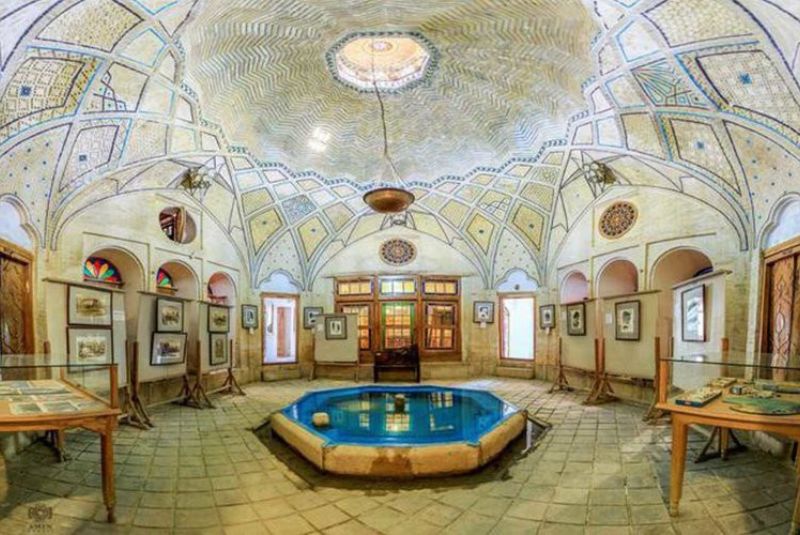
Only 120 meters away, the Forough Molk House is a beautifully preserved historical residence. Once home to a prominent family, this house is a fine example of traditional Persian architecture. Visitors can explore its intricate stucco work, colorful tiles, and charming courtyard, which reflect the lifestyle and culture of its former inhabitants.
Manteghi Nejad Historical House
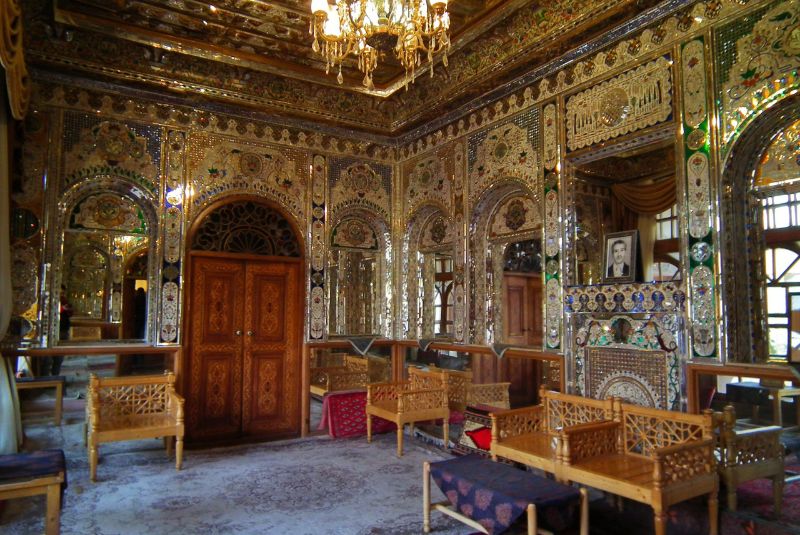
Situated 550 meters from the mausoleum, the Manteghi Nejad Historical House offers another glimpse into the architectural beauty of Shiraz. This house is characterized by its elegant design and is often used for cultural exhibitions and events. The intricate craftsmanship found in its decorative elements provides insight into the historical significance of the region.
Vakil Bathhouse
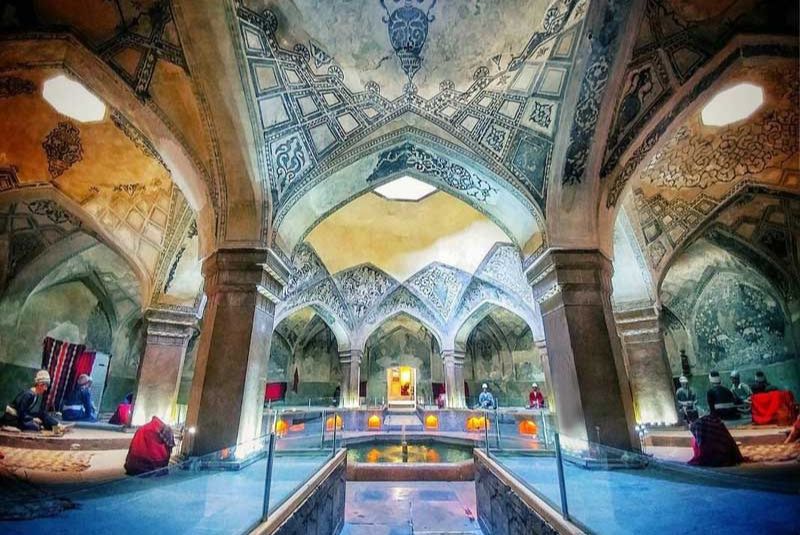
About 1 kilometer away, the Vakil Bathhouse is a historical site that highlights the importance of traditional bathing culture in Iran. With its stunning domed ceilings and colorful tiles, this bathhouse is not just a place for relaxation but also a cultural experience. Visitors can learn about the ancient Persian bathing rituals while appreciating the beauty of the structure.
Moshir House
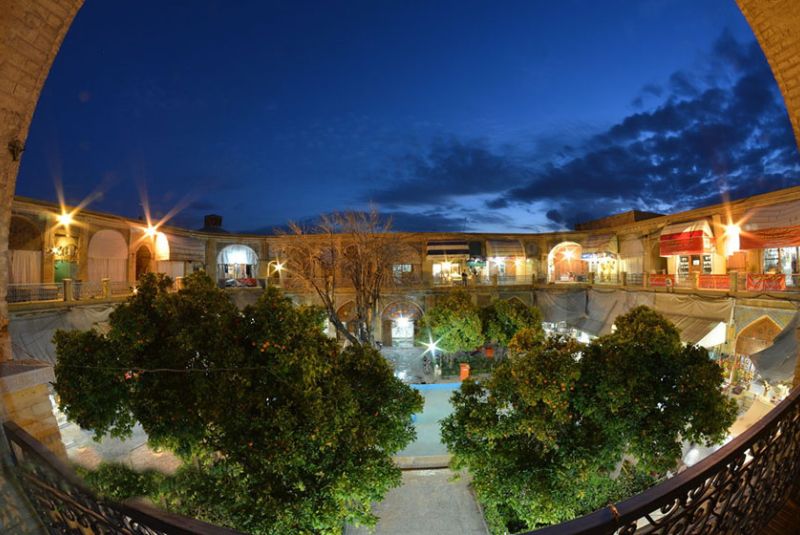
Located 1.2 kilometers from the mausoleum, the Moshir House (Saray-e Moshir) is a vibrant hub for local crafts and traditional arts. This location often hosts workshops and exhibits, making it an ideal stop for those interested in purchasing handicrafts or simply experiencing local culture.
Bibi Dokhtaran Mausoleum Nearby Accommodation
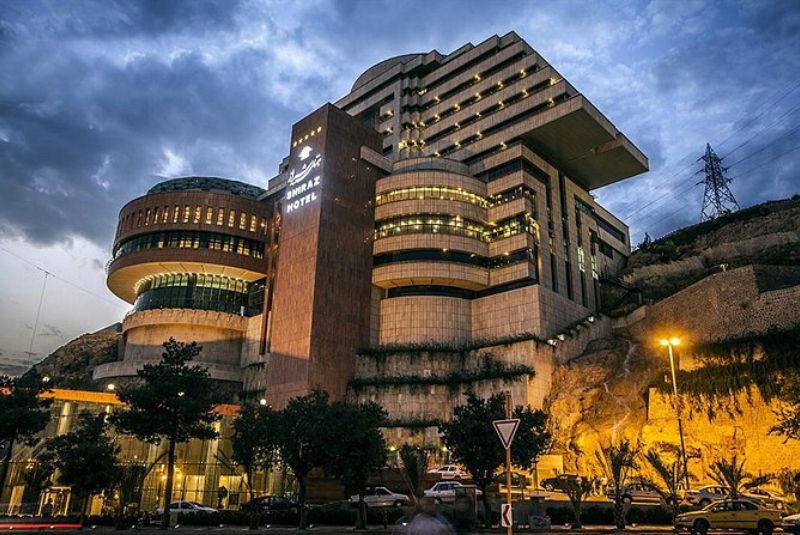
For those looking to stay close to the Bibi Dokhtaran Mausoleum, several accommodations are available within walking distance:
- Si Rah Eco-Lodge: 40 meters away, offers a unique experience for those interested in eco-tourism.
- Niyayesh Hotel: 100 meters away, known for its comfortable stay and excellent service.
- Setayesh Eco-Lodge: 200 meters away, providing a cozy atmosphere for travelers.
- Vakil Hotel: 300 meters away, a historic hotel with modern amenities.
Bibi Dokhtaran Mausoleum Restaurants Nearby
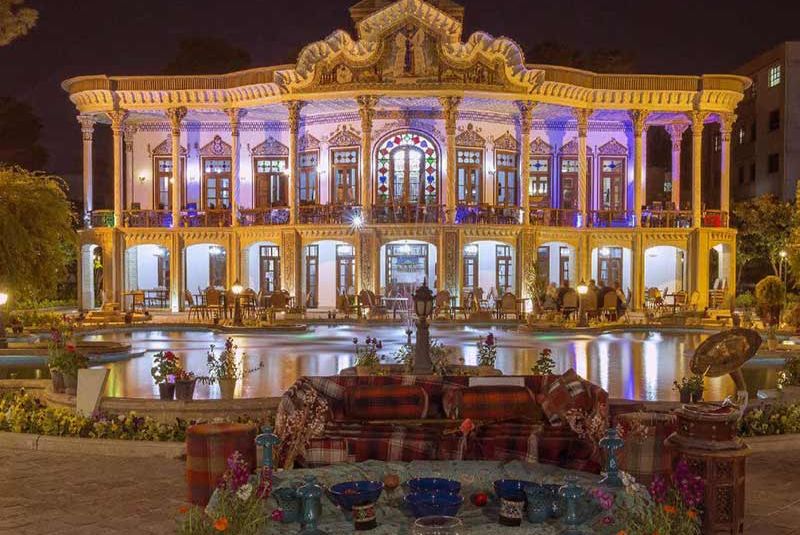
After visiting the mausoleum, you can enjoy a meal at one of the many nearby restaurants:
- Tornaj Restaurant: 200 meters away, known for its delicious Persian cuisine.
- Astarah Restaurant: 300 meters away, offers a variety of traditional dishes.
- Sadaf Fast Food: 400 meters away, a quick option for those on the go.
- Kahgel Traditional Dining House: 500 meters away, offers a unique dining experience in a traditional setting.
- Sufi Restaurant: 550 meters away, a great place to enjoy authentic local flavors.
Bottom Line
The Bibi Dokhtaran Mausoleum is a pilgrimage site in Shiraz dedicated to Bibi Khadijeh, a descendant of Imam Sajjad. It was commissioned by a notable woman of the Zand dynasty and this historical site reflects the important role of women in Persian history.
Although originally a two-story structure, it has undergone various reconstructions, most notably during the Ilkhanid period, showcasing stunning Safavid-Zand architectural elements like intricate brickwork and tile carvings.
Visitors can appreciate the serene atmosphere and the mausoleum’s unique features, such as its underground tomb of Bibi Dokhtaran and absence of mirror work, focusing instead on traditional designs.
It has been recognized as a national heritage site since 1968 and it is not only a place for spiritual reflection but also a hub of local customs, especially for young women wishing for blessings. With its proximity to other historical attractions, the Bibi Dokhtaran Mausoleum is a must-visit for anyone visiting Shiraz.
Share your story!
Comment below and let us know about your Experience.
Your story inspires others!


Comment
Leave a Comment